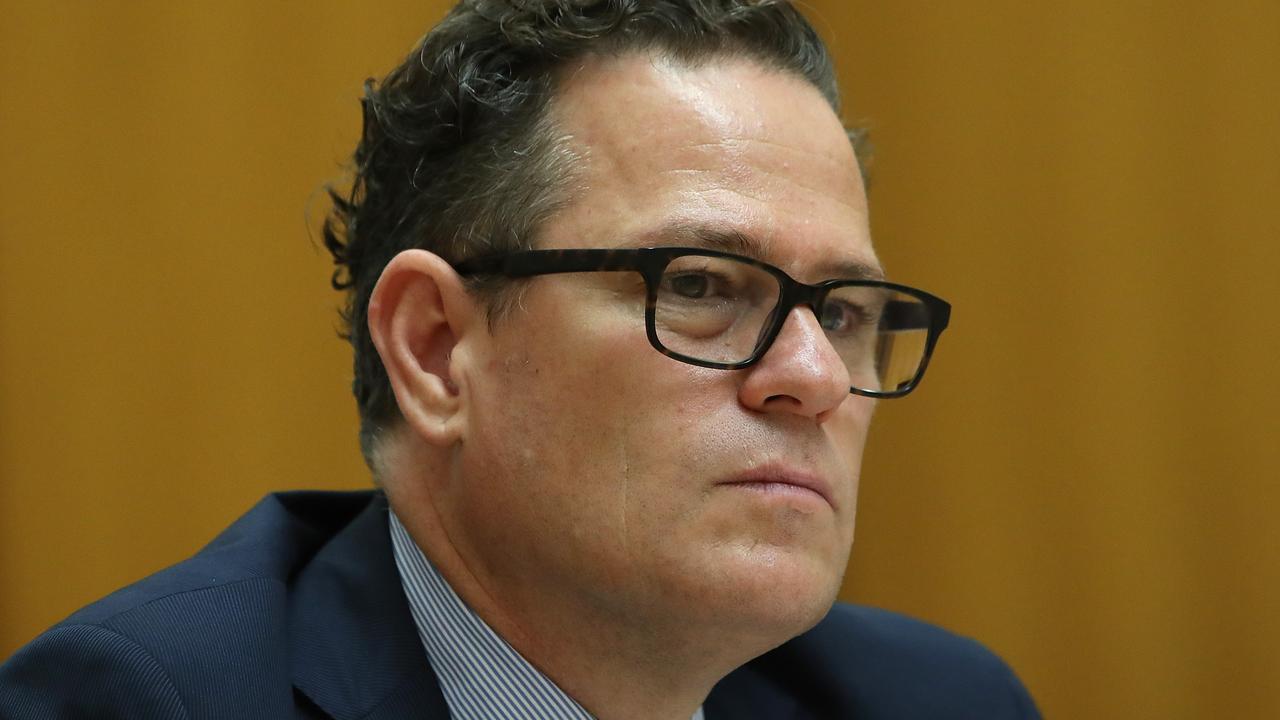Australians lose $1.6b in 12 months by failing to switch from worst super funds
Hundreds of thousands of Australians could be missing out on a whopping $225,000 over the coming years by not making this simple change.

There were 850,000 Australians who missed out on a whopping $1.6 billion in the past year by failing to leave their dud superannuation fund after the government identified the worst performing providers.
Around 90 per cent of members stayed with their super funds costing them on average $1900 in the past year, despite 13 big name funds failing the financial watchdog’s test, and people receiving a letter encouraging them to change.
But the losses could get even worse – if someone on a median wage that has a balance of $50,000 stays with one of the poor performers for the next 10 years, they could miss out on $25,000, analysis from Industry Super Australia found.
If a 30-year-old was stapled to one of these dud funds for the rest of their working life, they could be $225,000 worse off at retirement, it also showed.
The losses could also pile up as a result of a reform introduced by the previous government that means people are stapled to their current super fund even if they move jobs.
This could result in members being tied these government censured duds, leaving members stuck unless they act.
Want to stream your news? Flash lets you stream 25+ news channels in 1 place. New to Flash? Try 1 month free. Offer ends 31 October, 2022 >

Industry Super Australia chief executive Bernie Dean said there was a huge cost to doing nothing if you are in a dud super fund.
“Lots of people don’t know you can be stapled to a super fund that has failed the government’s performance test, and that could punch a huge hole in a person’s nest egg,” he said.
“Switching out of a dud fund and into a good one is easy, but plenty of people don’t think about it until it’s too late, so it is up to the government to tighten consumer protections, so people are only stapled to the best funds that have passed the performance tests.”
Last year, 76 MySuper products were tested and about one million members in 13 super products worth about $56 billion failed the test.

Three failed products have since merged with better performing funds or are about to, but the others remain in the system or will tie up with other funds that barely passed the test.
This year five products, covering about 600,000 member accounts worth around $28 billion, failed the test – four for the second consecutive time.
Funds could be banned from accepting new customers if they fail the test two years in a row.
More people could also be unknowingly condemned to being stapled to a dud fund, as the Choice sector which has half the system’s assets and some of the poorest performing products are yet to be assessed.
Industry Super Australia said while the stapling reform has stopped the future proliferation of unintended multiple accounts, it needs to be linked to the performance test so that members can only be stapled to a fund that passes.

Meanwhile, Super Consumers Australia found the financial watchdogs test had impacted on fees charged, with the worst offenders lowering costs to members but top performing funds have actually hiked their fees.
The organisation found products that failed the performance test last year had lowered their fees by 20.6 per cent on average, while funds that came close to failing cut fees by 5.7 per cent.
However, top performing funds that new members that also benefited from an influx of new members have raised fees by an average of 5.7 per cent, including AustralianSuper, Rest and Insignia.
Just a 0.5 per cent difference in fees can cost a typical full-time worker about 12 per cent of their balance – or $100,000 – by the time they reach retirement, according to the Productivity Commission.






